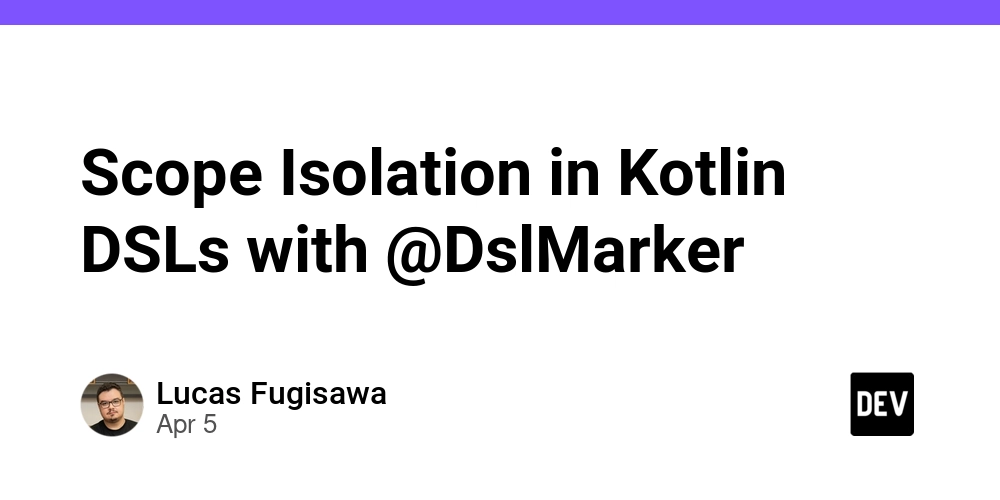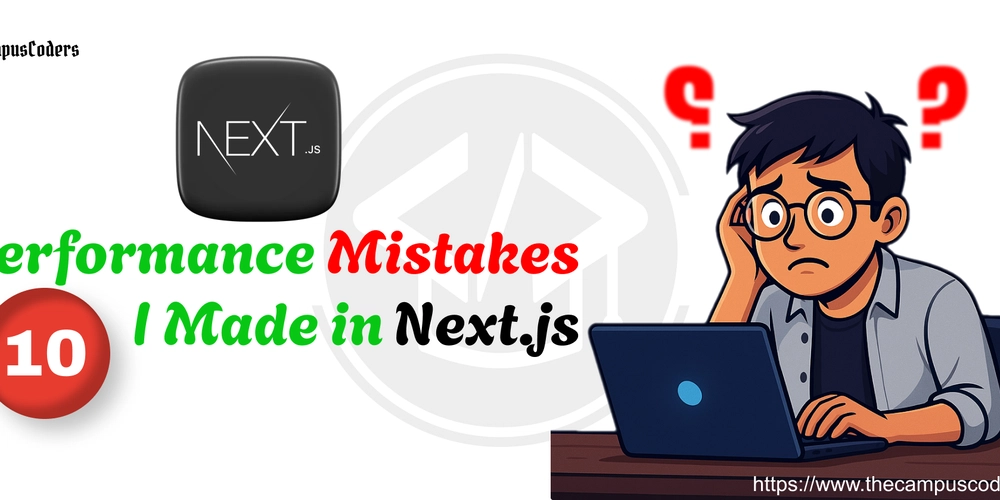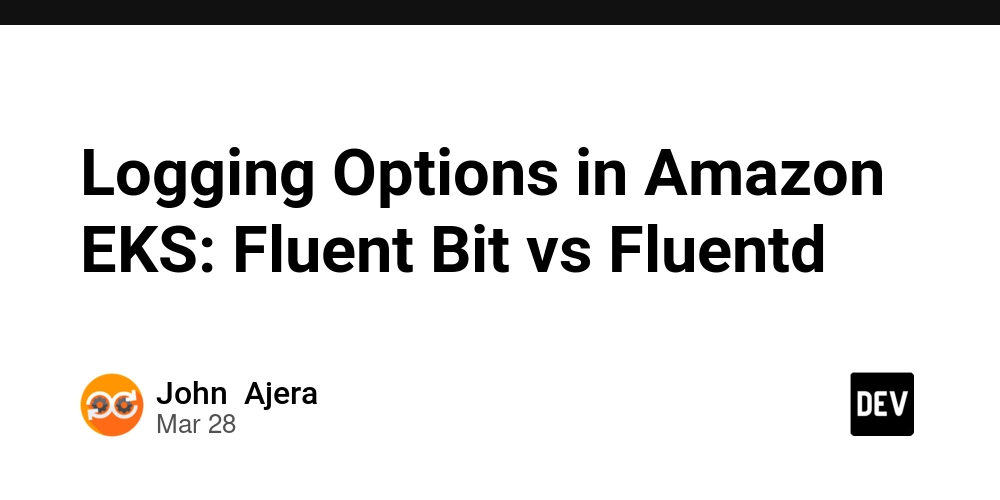Scope Isolation in Kotlin DSLs with @DslMarker
In the previous article Taking Kotlin Builders to the Next Level: A Type-Safe DSL Approach, we explored how Kotlin's type-safe builders allow you to build expressive and concise DSLs. But as soon as your DSL starts nesting structures, something sneaky can happen: receiver conflicts. Let's take a deeper look at this problem and how Kotlin's @DslMarker annotation solves it, making your DSLs safer and more robust. But if you haven't read that previous article yet, I strongly recommend you to pause here for a while and do it first. So what's the problem, in fact? When you nest multiple DSL blocks, like this... val car = car { make = "Honda" model = "Civic" announcementDate = localDate { year = 2025 month = 2 day = 15 } } ..., you're creating nested lambdas with receivers, which are also closures. In Kotlin, lambdas are closures: they carry with them access to everything in the outer scope, including the outer receiver (CarBuilder). So inside the localDate { ... } block, the compiler sees both LocalDateBuilder and CarBuilder in scope. That means inside the localDate { ... } block, you still have access to the outer CarBuilder, even though you're writing in the context of LocalDateBuilder. And that can get dangerous fast. This can lead to subtle and unintended behavior: announcementDate = localDate { make = "Oops" // Refers to CarBuilder, not LocalDateBuilder } The make property is not part of LocalDateBuilder, but since the lambda captures the outer receiver (CarBuilder), it's still accessible. That’s a classic receiver conflict. What if both builders have some properties with the same name? Let's say, hypothetically, that both CarBuilder and LocalDateBuilder define a property called year. This is not unrealistic — maybe CarBuilder tracks the model year, while LocalDateBuilder builds the date when that car model was first announced. class CarBuilder { var make: String = "N/A" var model: String = "N/A" var year: Int = 0 // Model year! var announcementDate: LocalDate? = null ... } class LocalDateBuilder { var year: Int = 1970 var month: Int = 1 var day: Int = 1 ... } Now let's write a nested DSL block: val car = car { make = "Toyota" model = "Corolla" year = 2023 // OK: CarBuilder.year announcementDate = localDate { year = 2025 // Is this LocalDateBuilder.year or CarBuilder.year? } } Surprisingly, both year properties are accessible inside the localDate block. This makes the code ambiguous and error-prone, because: If year = 2025 targets the outer receiver, the LocalDate may be built with a default year (1970), leading to silent bugs. The code looks correct, and it compiles - but it does an unexpected thing. If you want to be sure you're writing to the intended scope, you can always disambiguate manually using this: announcementDate = localDate { this.year = 2025 // Clearly refers to LocalDateBuilder.year this@car.year = 2023 // Explicitly refers to CarBuilder.year } But of course, this adds verbosity and cognitive overhead. Using @DslMarker gives you a safer default: the compiler protects you from accidental access. How @DslMarker solves this? By annotating both CarBuilder and LocalDateBuilder with the same @CarDsl, Kotlin will restrict visibility to only the closest receiver within each block. That marker tells the compiler: these receivers belong to the same DSL, don't mix them up. First, we need to define a DSL marker annotation: @DslMarker @Target(AnnotationTarget.CLASS, AnnotationTarget.TYPE) annotation class CarDsl Then, we need to annotate our builders using our new DSL marker annotation: @CarDsl class CarBuilder { var make: String = "N/A" var model: String = "N/A" var announcementDate: LocalDate? = null fun build(): Car = Car(make, model, announcementDate) } @CarDsl class LocalDateBuilder { var year: Int = 1970 var month: Int = 1 var day: Int = 1 fun build(): LocalDate = LocalDate.of(year, month, day) } Now, if we accidentally try this... announcementDate = localDate { year = 2025 model = "Oops" // ❌ Error: model is from CarBuilder, not in scope here } ..., Kotlin will refuse to compile, forcing you to stay inside the intended builder scope. This helps eliminate bugs before they happen, But… what if I really need to access the outer scope? While @DslMarker intentionally hides outer receivers to avoid accidental misuse, Kotlin still gives you an escape hatch: you can explicitly reference outer receivers using labeled lambdas. This is helpful in advanced use cases where you genuinely need access to both scopes, but want to do it on purpose. Let's say you want to configure both the LocalDateBuilder and the outer CarBuilder inside the same nested block: val car = car { make = "Toyota" model = "Corolla" y

In the previous article Taking Kotlin Builders to the Next Level: A Type-Safe DSL Approach, we explored how Kotlin's type-safe builders allow you to build expressive and concise DSLs. But as soon as your DSL starts nesting structures, something sneaky can happen: receiver conflicts.
Let's take a deeper look at this problem and how Kotlin's @DslMarker annotation solves it, making your DSLs safer and more robust.
But if you haven't read that previous article yet, I strongly recommend you to pause here for a while and do it first.
So what's the problem, in fact?
When you nest multiple DSL blocks, like this...
val car = car {
make = "Honda"
model = "Civic"
announcementDate = localDate {
year = 2025
month = 2
day = 15
}
}
..., you're creating nested lambdas with receivers, which are also closures.
In Kotlin, lambdas are closures: they carry with them access to everything in the outer scope, including the outer receiver (CarBuilder). So inside the localDate { ... } block, the compiler sees both LocalDateBuilder and CarBuilder in scope. That means inside the localDate { ... } block, you still have access to the outer CarBuilder, even though you're writing in the context of LocalDateBuilder. And that can get dangerous fast.
This can lead to subtle and unintended behavior:
announcementDate = localDate {
make = "Oops" // Refers to CarBuilder, not LocalDateBuilder
}
The make property is not part of LocalDateBuilder, but since the lambda captures the outer receiver (CarBuilder), it's still accessible. That’s a classic receiver conflict.
What if both builders have some properties with the same name?
Let's say, hypothetically, that both CarBuilder and LocalDateBuilder define a property called year. This is not unrealistic — maybe CarBuilder tracks the model year, while LocalDateBuilder builds the date when that car model was first announced.
class CarBuilder {
var make: String = "N/A"
var model: String = "N/A"
var year: Int = 0 // Model year!
var announcementDate: LocalDate? = null
...
}
class LocalDateBuilder {
var year: Int = 1970
var month: Int = 1
var day: Int = 1
...
}
Now let's write a nested DSL block:
val car = car {
make = "Toyota"
model = "Corolla"
year = 2023 // OK: CarBuilder.year
announcementDate = localDate {
year = 2025 // Is this LocalDateBuilder.year or CarBuilder.year?
}
}
Surprisingly, both year properties are accessible inside the localDate block. This makes the code ambiguous and error-prone, because:
- If
year = 2025targets the outer receiver, theLocalDatemay be built with a default year (1970), leading to silent bugs. - The code looks correct, and it compiles - but it does an unexpected thing.
If you want to be sure you're writing to the intended scope, you can always disambiguate manually using this:
announcementDate = localDate {
this.year = 2025 // Clearly refers to LocalDateBuilder.year
this@car.year = 2023 // Explicitly refers to CarBuilder.year
}
But of course, this adds verbosity and cognitive overhead. Using @DslMarker gives you a safer default: the compiler protects you from accidental access.
How @DslMarker solves this?
By annotating both CarBuilder and LocalDateBuilder with the same @CarDsl, Kotlin will restrict visibility to only the closest receiver within each block. That marker tells the compiler: these receivers belong to the same DSL, don't mix them up.
First, we need to define a DSL marker annotation:
@DslMarker
@Target(AnnotationTarget.CLASS, AnnotationTarget.TYPE)
annotation class CarDsl
Then, we need to annotate our builders using our new DSL marker annotation:
@CarDsl
class CarBuilder {
var make: String = "N/A"
var model: String = "N/A"
var announcementDate: LocalDate? = null
fun build(): Car = Car(make, model, announcementDate)
}
@CarDsl
class LocalDateBuilder {
var year: Int = 1970
var month: Int = 1
var day: Int = 1
fun build(): LocalDate = LocalDate.of(year, month, day)
}
Now, if we accidentally try this...
announcementDate = localDate {
year = 2025
model = "Oops" // ❌ Error: model is from CarBuilder, not in scope here
}
..., Kotlin will refuse to compile, forcing you to stay inside the intended builder scope. This helps eliminate bugs before they happen,
But… what if I really need to access the outer scope?
While @DslMarker intentionally hides outer receivers to avoid accidental misuse, Kotlin still gives you an escape hatch: you can explicitly reference outer receivers using labeled lambdas.
This is helpful in advanced use cases where you genuinely need access to both scopes, but want to do it on purpose.
Let's say you want to configure both the LocalDateBuilder and the outer CarBuilder inside the same nested block:
val car = car {
make = "Toyota"
model = "Corolla"
year = 2023
announcementDate = localDate {
year = 2025
month = 2
day = 15
make = "Oops" // not allowed due to @DslMarker
// To access the CarBuilder.make, use the labeled receiver explicitly
this@car.make = "Toyota (revised)"
}
}
And, if you have nested builders of the same type, which can cause confusion when using the default labels, you can use custom labels to make it clearer:
val car = outerCar@car {
// ...
announcementDate = localDate {
// ...
this@outerCar.make = "Toyota (revised)"
}
}
Here's what's happening:
- We've labeled the outer
carblock withouterCar@(or used the implicit default@carlabel name) - Inside
localDate { ... }, theCarBuilderis no longer directly visible (because of@DslMarker) - But we can still access it with
this@outerCar(or with the default@car) explicitly referring to the outer receiver.
Final thoughts
Using the Kotlin DSL markers lets you maintain safe defaults (no accidental access), but still gives you full control when needed. It's the best of both worlds:
- Safety by default with
@DslMarker - Escape hatch with labeled receivers when necessary
It's a good idea to use this sparingly — reaching across DSL scopes often indicates the logic might be better separated — but it's great to know the tool is there when you need it.
To explore more about Kotlin-related topics, subscribe to my newsletter at https://fugisawa.com/ and stay tuned for more insights and updates.





































































![New Apple iPad mini 7 On Sale for $399! [Lowest Price Ever]](https://www.iclarified.com/images/news/96096/96096/96096-640.jpg)

![Rapidus in Talks With Apple as It Accelerates Toward 2nm Chip Production [Report]](https://www.iclarified.com/images/news/96937/96937/96937-640.jpg)








































































































_Christophe_Coat_Alamy.jpg?#)











































































![[The AI Show Episode 142]: ChatGPT’s New Image Generator, Studio Ghibli Craze and Backlash, Gemini 2.5, OpenAI Academy, 4o Updates, Vibe Marketing & xAI Acquires X](https://www.marketingaiinstitute.com/hubfs/ep%20142%20cover.png)
































































































































![From drop-out to software architect with Jason Lengstorf [Podcast #167]](https://cdn.hashnode.com/res/hashnode/image/upload/v1743796461357/f3d19cd7-e6f5-4d7c-8bfc-eb974bc8da68.png?#)



![[FREE EBOOKS] The Kubernetes Bible, The Ultimate Linux Shell Scripting Guide & Four More Best Selling Titles](https://www.javacodegeeks.com/wp-content/uploads/2012/12/jcg-logo.jpg)



































.jpg?#)



.png?#)






















































